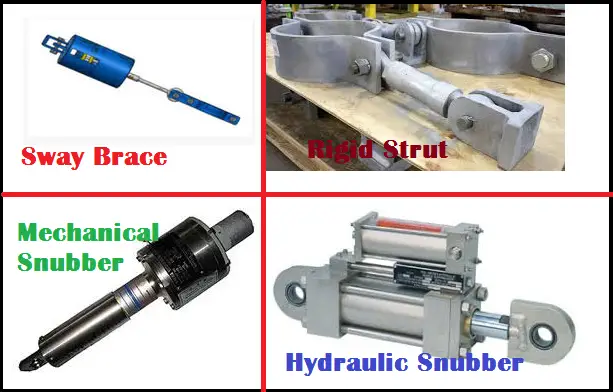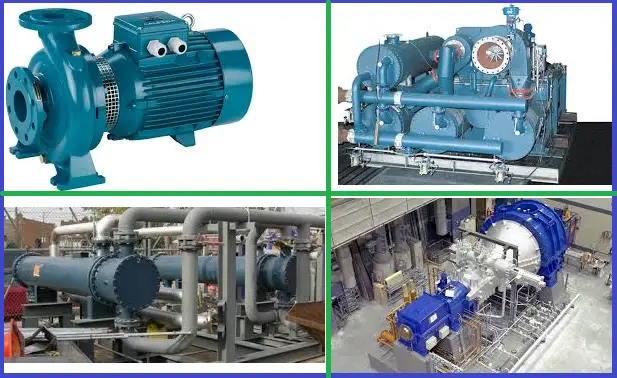What is a Rigid Strut?
A rigid Strut is a dynamic restraint that is used specifically to reduce dynamic loads. They act as compression as well as tension element. Struts can also be a good alternative to the normal piping guide supports. The strut assembly consists of two rods joined by a structural steel member. They are selected from the vendor catalog considering the maximum load that has to be restrained.
Rigid Struts are used to provide a rigid connection between the piping and supporting structure. Using their pivot connection, rigid struts allow a small angular displacement in the range of (+/-) 7 degrees. This allows a little pipe thermal movement in a singular direction.
Refer to my earlier post “A Brief Description of Sway Brace, Strut and Snubber ” for the basics of working and the uses of Rigid Struts. This article will explain the step-by-step methods for modeling the Rigid strut using the software Caesar II.
Rigid Strut Modeling in Caesar II
The steps involved in Strut modeling are as follows:
1. Find out the direction in which restriction of movement is required (Assume X direction) and the location of the strut installation. For reducing thermal loads to be carried by rigid struts it is preferable to choose thermal null points if feasible.
2. Double-click on the restraints checkbox in the Caesar spreadsheet and model restraint X with a 0 mm gap and with no friction. Keep the stiffness K1 box blank.
3. Run Caesar Analysis and found out the force in that node.
4. Enter into any catalog (like C&P, Lisega, PTP, Anvil, Binder, etc) and select the appropriate rigid strut depending on that force (For your reference strut selection table has been reproduced in Fig. 1 from C&P Catalogue).
5. Obtain the stiffness value for the strut from the catalog and enter this value in restraint stiffness (K1) which u left blank in the initial stage.
6. Run the analysis to obtain results.
Typical Application of Rigid Strut
Rigid Struts are used in Turbine and Compressor connected lines near the nozzle connections to take advantage of very little friction. Otherwise, struts can be used as a substitute for guide supports where the steel structure is not available for using standard guides.
Rigid Strut Ordering Information
Rigid struts are usually made of carbon steel. While selecting a rigid strut, its load-carrying capability must be checked from the manufacturer catalog. The important ordering information is:
- Strut Length
- The required load-carrying capability.
- End connections.
- Surface finish required.
Few more Resources for You…
Brief Description of Sway Brace, Strut and Snubber (Dynamic Restraints)
Modeling of Sway Braces in Caesar II
Modeling of Rigid Strut in Caesar II
Snubber Modeling in Caesar II










Anup,
Can you please elaborate the modeling method of expansion joint with tie rod?
Hi, first of all I am very thankful to you for sharing your knowledge. In your explanation on rigid struts, you have asked to input stiffness of strut in to CAESAR. But the catalogue doesn’t give any stiffness for rigid struts. Is it really necessary to consider stiffness of this rigid arrangement?
Dear Anup,
Could you please give Caesar input echo sample of calculation using rigid strut and sway.
Regards,
Syahrul Harahap
Thanks a lot Kumar.
Regards.
Syahrul Harahap